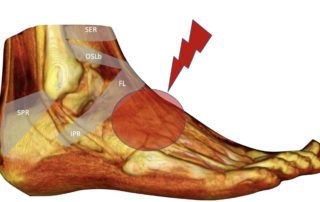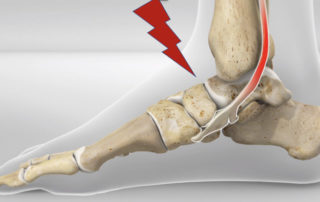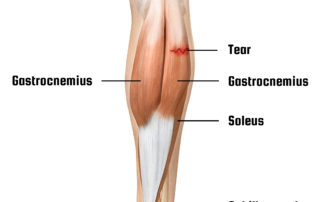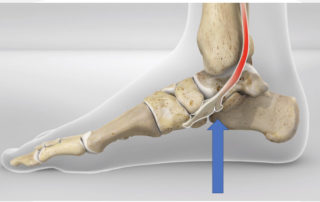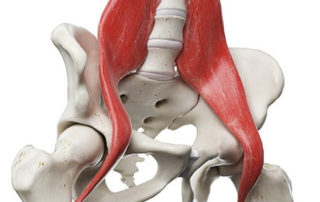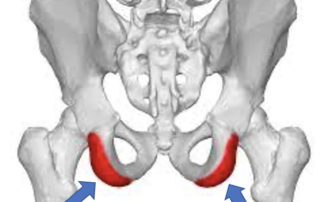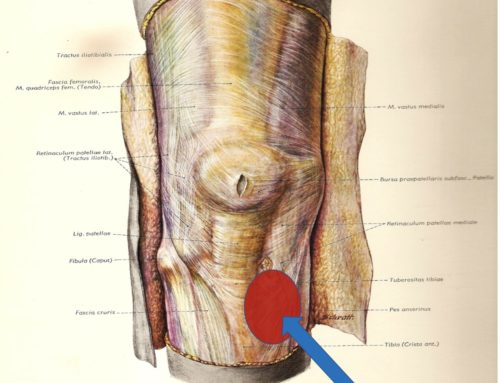Quadriceps Tendonitis: Knee Tendon Pain, Tendonitis and Tendinopathy
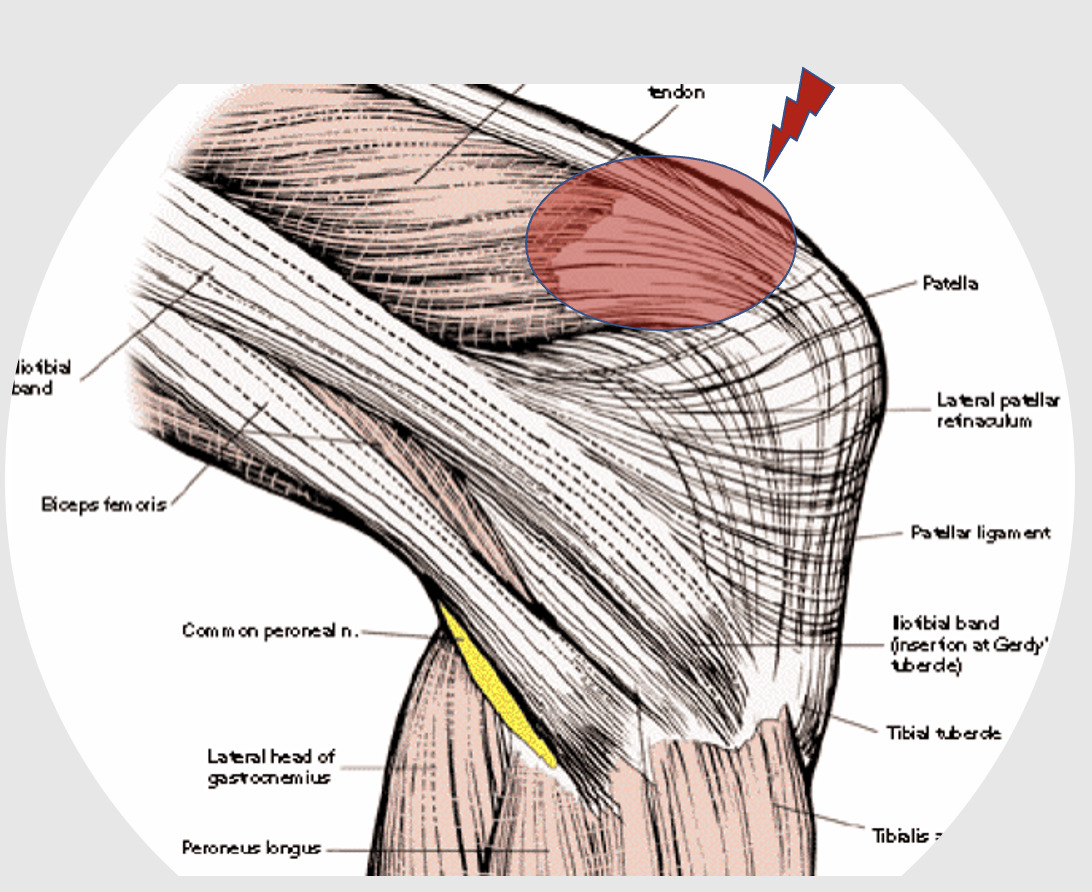
The quadriceps tendon is a patellar tendon with a strong fibrous band connecting the quadriceps to the patella and along with the infrapatellar tendon forming the front of the knee. When the quadriceps tendon becomes inflamed from overuse injuries, tendonitis can occur. This form of knee tendonitis can cause severe knee pain and require treatment. This article will discuss knee tendonitis, a common cause of knee pain.
Cause
The quadriceps tendon is designed to efficiently transfer energy from the muscles, through the patellar tendons to create a movement of the lower leg (extension) or slow down the movement of the body while the leg is fixed (eccentric), such as running.
Similar to other tendon injuries resulting in tendonitis or tendinopathy, knee tendon pain usually occurs from repeated stress on the quadriceps tendon that outpaces the ability to heal.
These include:
- The rapid increase in training volume or duration
- Limited ankle dorsiflexion or hip internal rotation
- The valgus collapse of the knee during physical activity
If there are limitations on other joints of the lower extremity then the quadriceps and its tendon will have increased torsional stress, which can lead to tendonitis.
Tendonitis definition: Inflammation of a tendon
Symptoms
Suprapatellar tendonitis causes knee pain just above the knee cap.
Common presentations include:
- Quadriceps and patellar pain that gets worse with activity
- Pain comes on slowly and continues to worsen over time.
- Pain during running, jumping, and straightening the knee
- Tender just above the kneecap and lower portion of quadriceps
- Warm or burning sensation in lower quadriceps or tendon
More severe tendon conditions include tendinopathy (degeneration), tear of the tendon, and ruptures, not discussed in this article.
Treatment
Treatment of tendonitis and most knee conditions should be focused on eliminating whatever is chronically overloaded the quadriceps and restoring both mobility/stability to the pelvis, hips, knee, ankle, and foot that all work as a functional unit.
Specific treatments include:
- Restoring patellar mobility to reduce torsional strain on the quadriceps tendon
- Quadriceps, hamstring, and adductor muscle strengthening
- Restore core and quadriceps synergy
- Patellar proprioceptive exercises to increase neural feedback between brain and quadriceps
Tendonitis of the quadriceps responds favorably to physical therapy programs that include a full-body assessment designed to improve both mobility and stability of the hips, knees, ankles, and feet.
Recovery
Like most ankle sprains or foot injuries healing time can take 2-6 weeks for minor injuries and more severe conditions can take 3-6 months to return to full health.
Our editorial practices are evidence-informed and include the most up to date research to date (2022)
Extensor Tendonitis: Foot Tendonitis Explained
Extensor Tendonitis: Ankle and Foot Pain Causes and Treatment [...]
Front of Ankle Pain: Anterior Ankle Impingement
Front of Ankle Pain: Anterior Ankle Impingement Syndrome(Footballer's Ankle) [...]
Gastrocnemius Tear: Calf Strain
Gastrocnemius Tear: Calf muscle Tear and Soleus Muscle Strain [...]
Posterior Tibial Tendonitis: Tibial Tendon(PTTD)
Posterior Tibial Tendonitis: Posterior Tibial Tendon, Flatfoot, [...]
Iliopsoas Bursitis: Symptoms, Injuries and Pain
Iliopsoas bursitis: Hip Bursitis, Hip Pain and Iliopsoas Tendonitis [...]
Ischial Tuberosity: Pain from Bursitis?
Ischial Tuberosity: Bursitis or Hamstring Pain The Ischial Tuberosity [...]
GET IN TOUCH WITH DR. DEAN
YOU should be able to move the way you’d like to move without experiencing pain. YOU should be able to experience freedom and energy knowing there’s nothing holding back from giving your life 110%. Dr. Dean would like to learn more about your challenges with a quick phone or email before beginning treatment. Contact him today.

